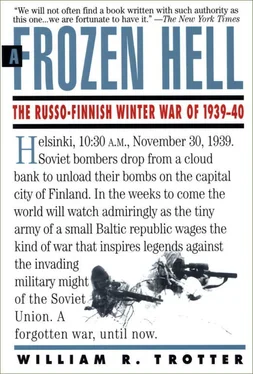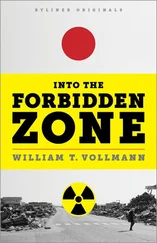William Trotter - A Frozen Hell
Здесь есть возможность читать онлайн «William Trotter - A Frozen Hell» весь текст электронной книги совершенно бесплатно (целиком полную версию без сокращений). В некоторых случаях можно слушать аудио, скачать через торрент в формате fb2 и присутствует краткое содержание. Город: Chapel Hill, Год выпуска: 2000, ISBN: 2000, Издательство: Algonquin Books of Chapel Hill, Жанр: military_history, История, на английском языке. Описание произведения, (предисловие) а так же отзывы посетителей доступны на портале библиотеки ЛибКат.
- Название:A Frozen Hell
- Автор:
- Издательство:Algonquin Books of Chapel Hill
- Жанр:
- Год:2000
- Город:Chapel Hill
- ISBN:978-1565122499
- Рейтинг книги:3 / 5. Голосов: 1
-
Избранное:Добавить в избранное
- Отзывы:
-
Ваша оценка:
- 60
- 1
- 2
- 3
- 4
- 5
A Frozen Hell: краткое содержание, описание и аннотация
Предлагаем к чтению аннотацию, описание, краткое содержание или предисловие (зависит от того, что написал сам автор книги «A Frozen Hell»). Если вы не нашли необходимую информацию о книге — напишите в комментариях, мы постараемся отыскать её.
A Frozen Hell — читать онлайн бесплатно полную книгу (весь текст) целиком
Ниже представлен текст книги, разбитый по страницам. Система сохранения места последней прочитанной страницы, позволяет с удобством читать онлайн бесплатно книгу «A Frozen Hell», без необходимости каждый раз заново искать на чём Вы остановились. Поставьте закладку, и сможете в любой момент перейти на страницу, на которой закончили чтение.
Интервал:
Закладка:
Finally, in the early 1960s, a Finnish historian tried to settle the matter once and for all by the simple method of counting the strong points listed on contemporary maps. He came up with a total of 109 reinforced concrete positions for the entire eighty-mile length of the line.
The line was strongest on its flanks, where fixed coastal defenses mounted cannon whose calibers ranged from 120 mm. to 254 mm. Even in midwinter the ice on that part of Lake Ladoga is too treacherous to bear the weight of heavy equipment; too many underground streams feed into the lake from the Finnish shore. Nor is the much thicker gulf ice usable until February, after several weeks of hard freeze. The line could not, therefore, be turned by an outflanking maneuver, at least not in the first weeks of fighting.
The most dangerous sector of the line was astride the shortest route between Viipuri and Leningrad, where two major roads went through the village of Summa and toward the village of Lähde. This ten-mile stretch, between the Summajoki River and Lake Muolaanjärvi, also ran through some of the poorest defensive ground on the Isthmus—rolling, stumpy, comparatively open farmland—and the ground was quite hard by December. Good tank country.
To plug this gap, the so-called “Viipuri Gateway,” the Finns had constructed thirty-five reinforced concrete positions, including some of the biggest and most elaborate they had ever built. Only about fifteen of them, however, a ratio of about one per kilometer, were of modern construction.
The approaches to the line were heavily fortified. Vast fields of barbed wire entanglements had been erected, and thousands of mines had been seeded on all likely avenues of approach. The entire Karelian Isthmus was belted as well by a line of antitank obstacles, five to seven rows deep: granite monoliths that had been sunk into the earth, at the cost of much sweat, during the final summer of peace. It came as a very nasty shock to the Finns to discover that most of these rocks were too short to actually stop Soviet armor; the Russians knew what they were doing when they adopted the Christie suspension design, for it made their vehicles agile and gave them good climbing traction. Still, the rocks did help; if a tank hit one at the wrong angle, it would throw a tread and just hang there, a veritable sitting duck. Also, when climbing over the rocks, the tanks’ lightly protected underbellies would be exposed, and a lucky grenade toss, or even a burst of heavy machine-gun fire, could do damage.
All things considered, then, the Mannerheim Line was no pushover. Manned by stubborn troops, it was a formidable defense line, even if it fell far short of André Maginot’s monument to militarism’s Age of High Baroque. But it had glaring weaknesses: the pillboxes were sited too far apart to give mutual fire protection to one another. As soon as the Finnish infantry on either side had been killed or driven out, there was nothing to prevent Red infantry from swarming over isolated strong points, or Russian tanks from simply driving up and parking in front of the firing ports, a tactic that would prove devastatingly effective in many battles. Most of the modern bunkers had firing chambers large enough to accommodate a Bofors antitank gun, but there were too few of these precious weapons to go around and none to tie down in static defensive roles. Most of the bunkers, therefore, were armed with nothing heavier than Maxim guns.
Perhaps even more critical was the lack of Finnish artillery to back up the line; heavy guns were so few, and ammunition so limited, that many Russian attacks that could easily have been broken up by shell fire were allowed to proceed without interference. When Red infantry swarmed over the pillboxes, the men inside could not call down shrapnel barrages to clean them off. And, in the final days of the struggle for the line, when the Russians wheeled up dozens of flat-trajectory field guns, in plain sight, and fired massed salvos at the bunkers’ firing slits, there was nothing heavier than mortars to fire back at them with.
Naturally, when the Russians started inflating the line’s reputation to fabulous proportions, it was not in Finland’s best interests to issue disclaimers. The problem was that the Finnish public, too, believed that the line was impregnable. Old soldier that he was, Mannerheim knew there was no such thing as a truly “impregnable” defense. He flatly predicted, even before the first battles were fought, that the line that bore his name could be shattered whenever the enemy decided he was willing to absorb the enormous losses it would require.
Before the war there had been heated debates among the Finnish generals about the final configuration of the line. Mannerheim and many of his staff believed the defenses should be placed so as to incorporate all of the older fortifications. A different theory was propounded by General Öhquist, who believed that if some of the more exposed older positions were abandoned, the other strong points could be improved by earthworks in such a way as to increase the overall depth of the defenses. Had his suggestions been followed, the Russians would at least have been denied certain advantages of cover and observation that they later enjoyed. Over Öhquist’s objections, however, the final configuration of the line was drawn so that the defenses bent inward to form a sort of elbow near the village of Summa. This salient would be the greatest danger zone on the entire Isthmus because a Russian penetration there, or at any point for ten kilometers north or south of Summa, would open up the rear of the entire Mannerheim Line. Ideally the line should have been laid out so that Summa formed a reserve position, a backstop. As finally conceived by the high command, the line would have been satisfactory only if Finland had possessed sufficient trained reserves to launch big counterattacks against the Russians drawn up before it; and Finland did not.
After the war, Marshal Timoshenko, who masterminded the cracking of the line, showed Nikita Khrushchev proof that Soviet intelligence had all along been in possession of detailed maps of the Mannerheim Line; but nobody had bothered to consult the intelligence service before starting the war. “If we had only deployed our forces against the Finns in the way even a child could have figured out from looking at a map, things would have turned out differently.” [1] Crankshaw, ed., 301.
PHOTO SECTION 1
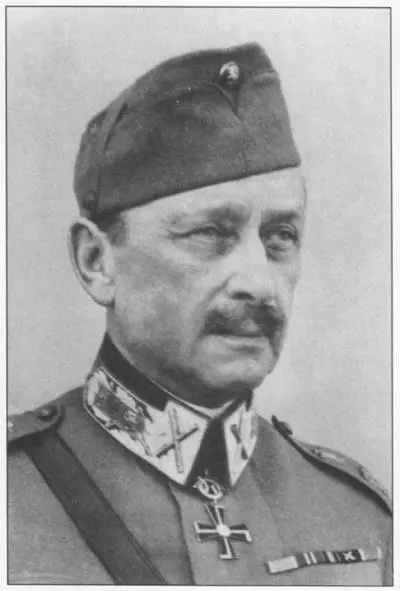
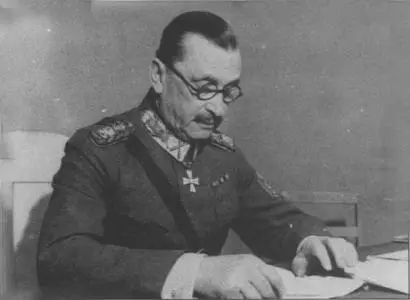
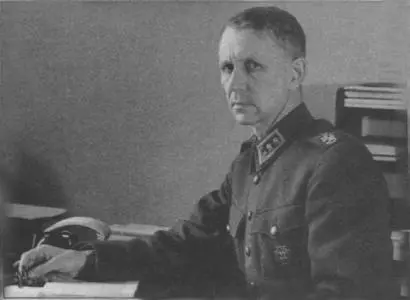
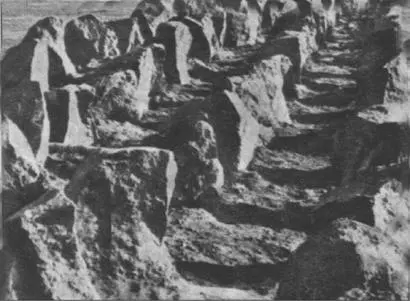
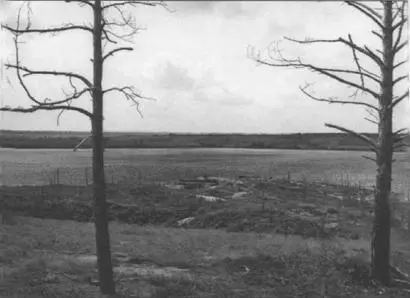
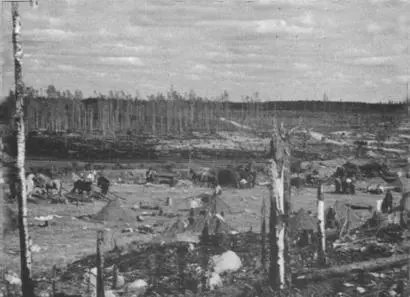
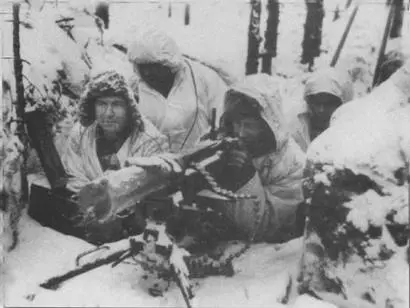
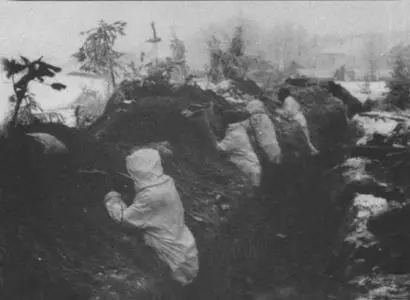
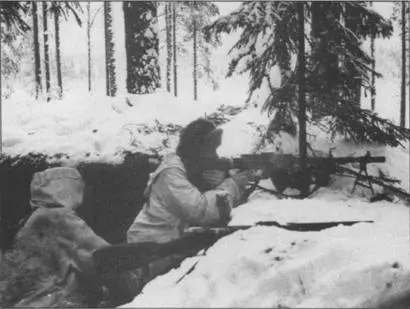
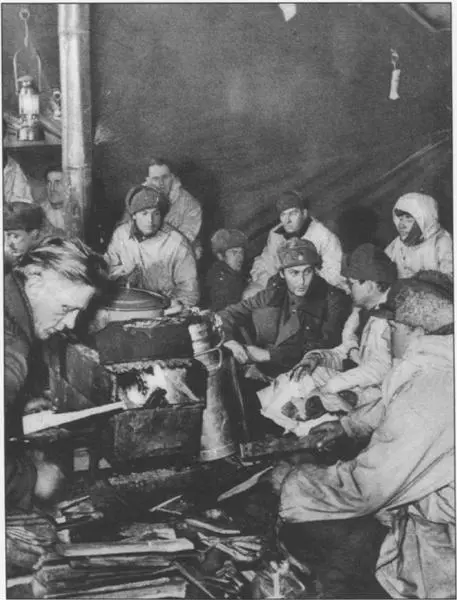
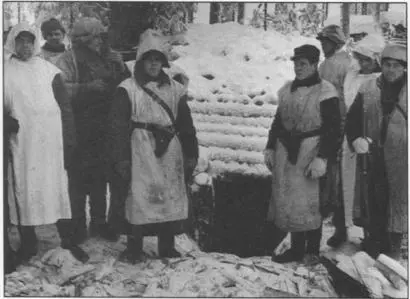
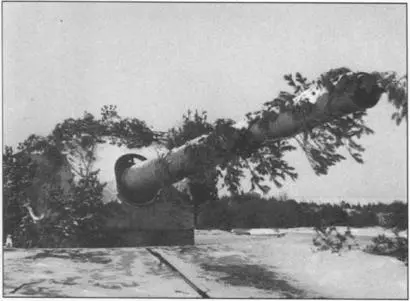
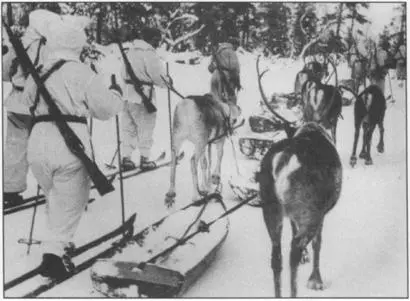
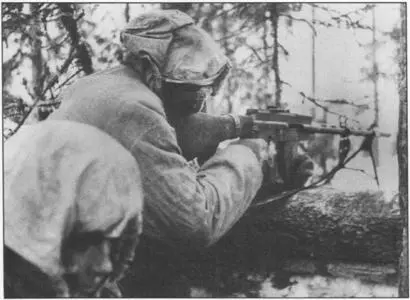
CHAPTER 7
Интервал:
Закладка:
Похожие книги на «A Frozen Hell»
Представляем Вашему вниманию похожие книги на «A Frozen Hell» списком для выбора. Мы отобрали схожую по названию и смыслу литературу в надежде предоставить читателям больше вариантов отыскать новые, интересные, ещё непрочитанные произведения.
Обсуждение, отзывы о книге «A Frozen Hell» и просто собственные мнения читателей. Оставьте ваши комментарии, напишите, что Вы думаете о произведении, его смысле или главных героях. Укажите что конкретно понравилось, а что нет, и почему Вы так считаете.
